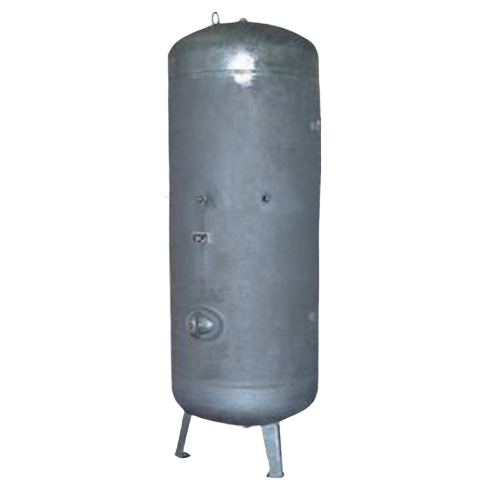- Applications
- Cases
- News
- Knowledge base
- Select your language:
-
 EN
EN
 EN
EN


Compressed air is stored in pressure vessels and used in various industrial processes due to its versatility and functionality. In the industry, large compressors are used to generate compressed air, which is then stored in pressure vessels. This compressed air is used for powering pneumatic tools, such as drills and screwdrivers, and for transporting materials through pipe systems. Additionally, compressed air plays an essential role in the production of goods, such as cars, electronics, and food, where it is used to support machinery and production lines.
Pressure vessels ensure that compressed air remains available for continuous operation, even in case of compressor malfunctions or shutdowns. They act as a temporary source of compressed air, allowing production processes to continue without interruption. This makes pressure vessels a crucial component of systems that depend on compressed air for reliable operation and production continuity.
In addition, pressure vessels are often used as a "wet tank," directly after the compressor and before the dryer. In this setup, condensate settles at the bottom of the wet tank, where water can be drained off in solid form. This means that a single compressed air setup typically uses multiple tanks to ensure the system functions optimally.
Nitrogen is often stored in pressure vessels due to its inert properties, making it suitable for various industrial applications. In the chemical industry and food production, nitrogen is used to create an oxygen-free environment, minimizing oxidation and fire risks. This is essential for processes where the presence of oxygen can be harmful, such as the production of certain chemicals and the preservation of food products.
Additionally, nitrogen is widely used in packaging processes. By storing nitrogen in pressure vessels, it can be controlled for packaging food and medicines, helping extend the shelf life of products. In the petrochemical industry, nitrogen is used to flush pipelines and equipment, while in the welding industry, it is used as an inert gas to prevent oxidation during welding processes. Pressure vessels provide an efficient way to safely store nitrogen and apply it at the required pressure in these cases.
A buffer tank can vary in capacity, material (RAL or galvanized), maximum working pressure, and whether it is placed vertically or horizontally. Based on the application and your specific process, the appropriate buffer tank is selected. When comparing compressed air or nitrogen tanks, there is no technical difference in the tanks themselves.
Feel free to contact us for free advice on selecting the right tank.